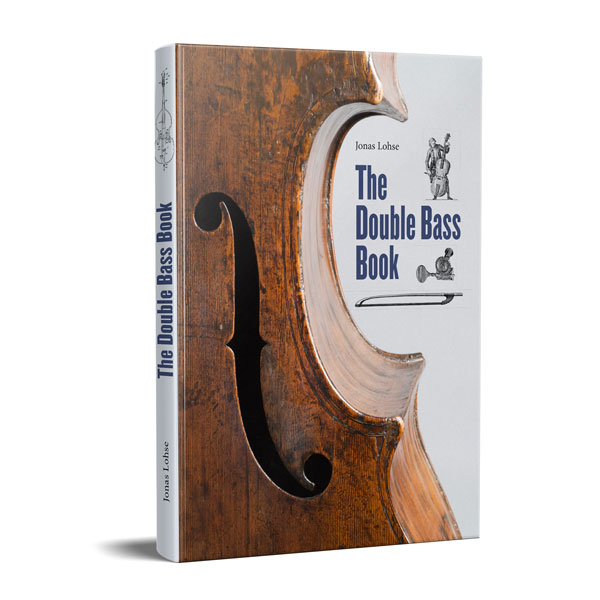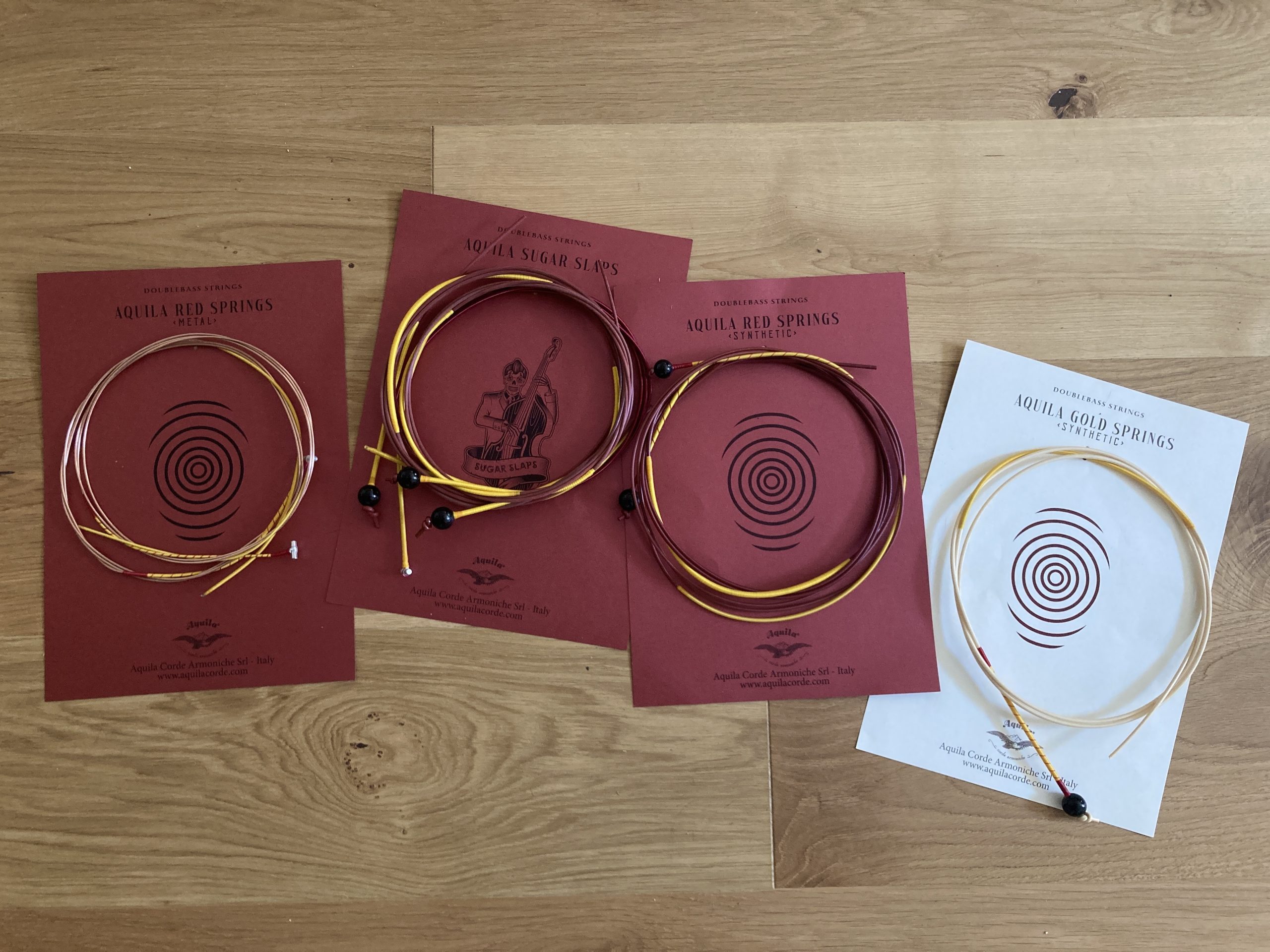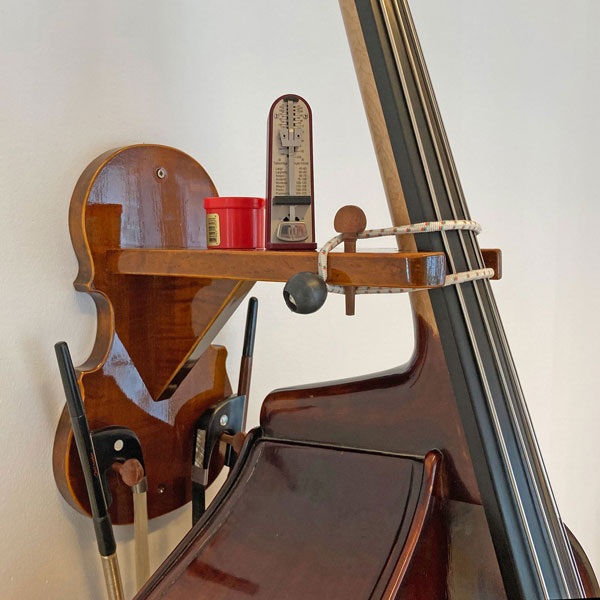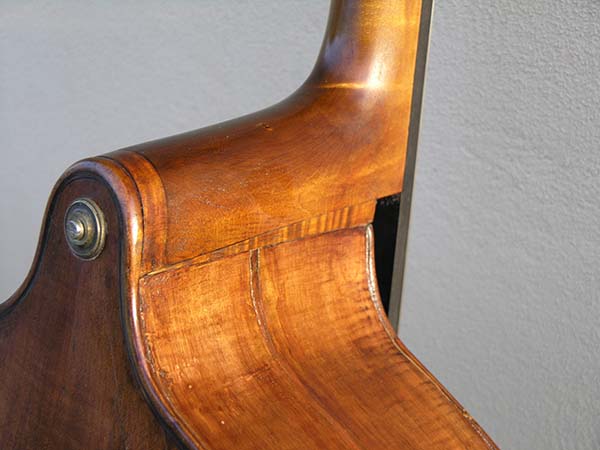
removable nack bass from Joseph Baldatoni, Ancona 1850
Traveling with the double bass has always been difficult – even in the days of the stagecoach. Instruments with detachable, screw-on necks are one answer to the transportation problem. They reduce the packing size and the risk of the double bass being damaged during transportation. Because what is already off can no longer break off.
Over the past few months, I have developed a new flight case for basses with removable necks. My experience with the flight cases already available on the market led to the following design goals:
– This transport case is dimensioned in such a way that not only ¾-size instruments can fit in it tightly. Larger basses (⅞, 4/4) can also be transported.
– Another frequently expressed customer wish: depending on the size of the bass, a soft case also fits inside, which gives the bass additional protection. The bass can also be transported assembled as usual at the destination.
– The neck is transported in a separate case, which is removably mounted on the flight case. This allows the storage space to be used more efficiently when transporting in the car. When traveling by air, only the (light) body can be checked in as air freight and the (heavy) neck can travel in hand luggage – this saves weight and therefore costs.
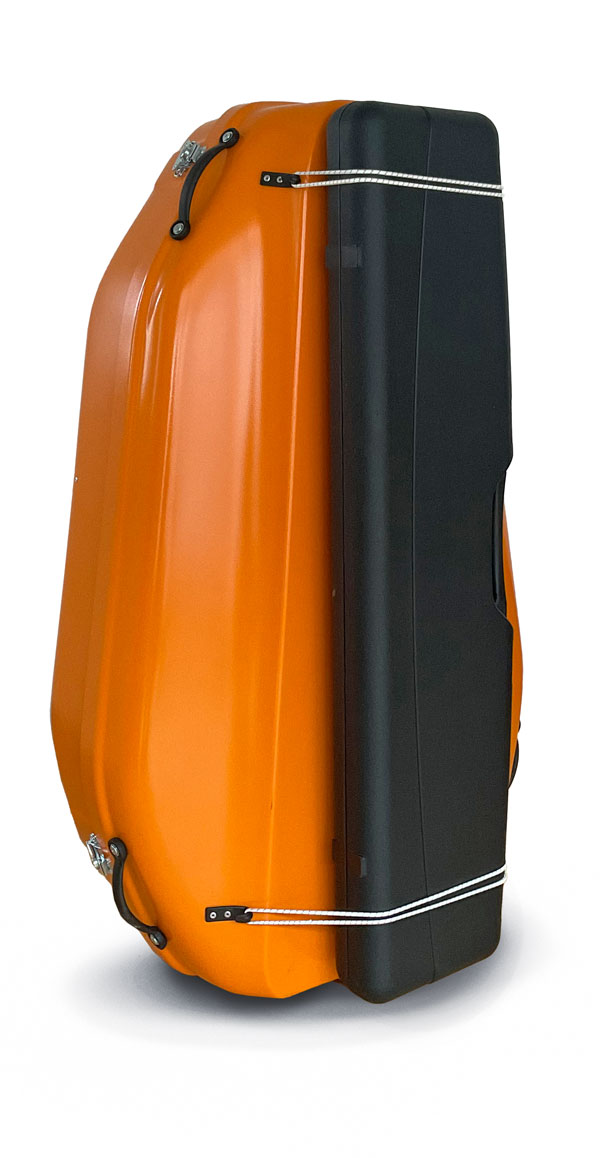
Flightcase for removable neck double bass

